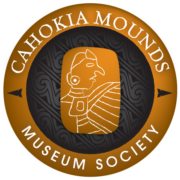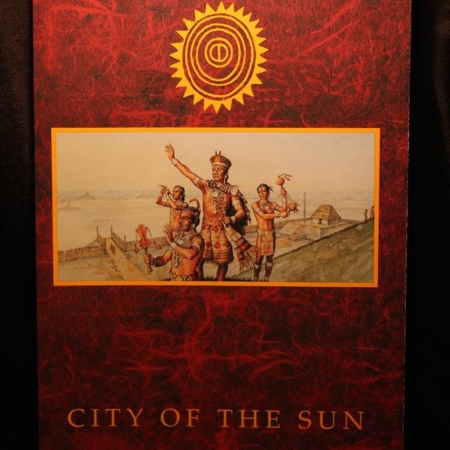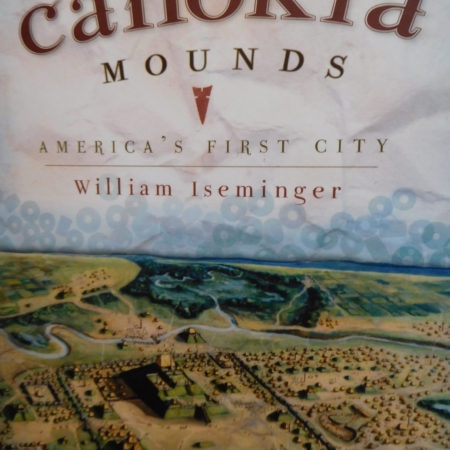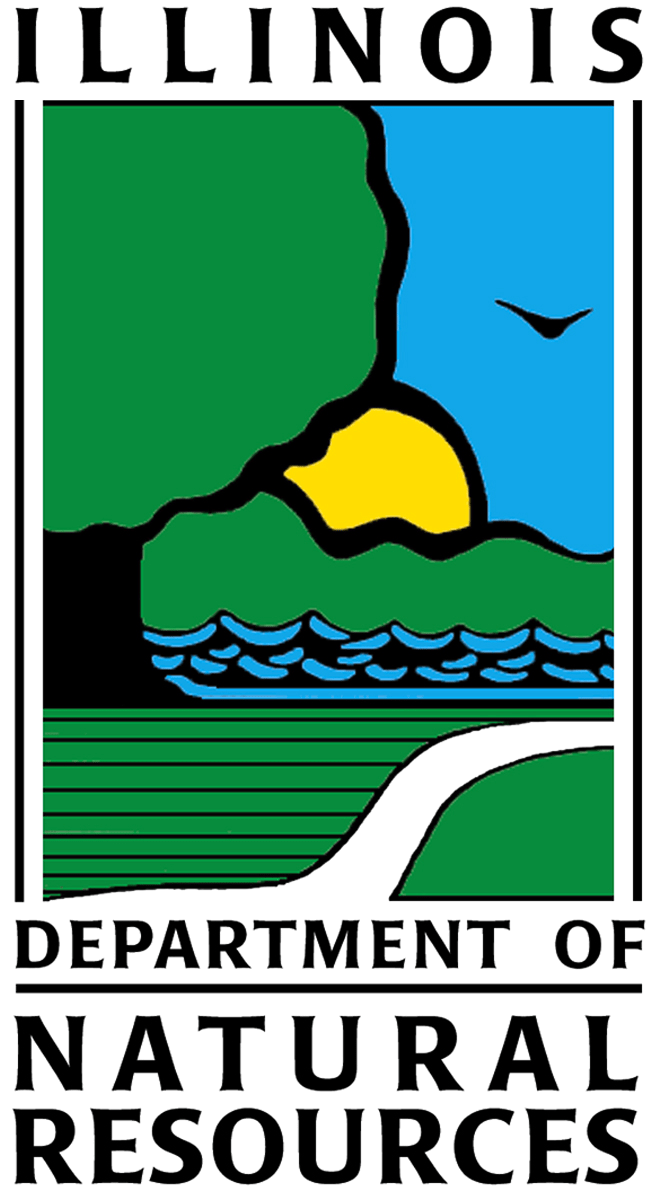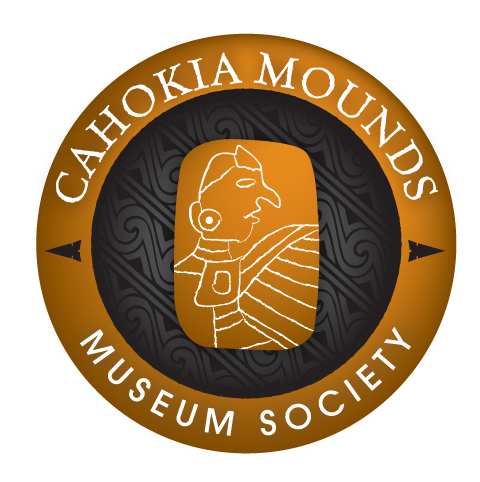Description
Edited by Alleen Betzenhauser
With contributions by Alleen Betzenhauser, Daniel F. Blodgett, Tamira K. Brennan, Douglas K. Jackson, Craig H. Kitchen, Victoria E. Potter, Wendy Munsin Scullin, and Michael Scullin
The American Bottom of southwestern Illinois was home to the largest and most populous Mississippian period (AD 1050-1400) site known to exist in North America. This city, Greater Cahokia, consisted of three major precincts, each with evidence of intense habitation and mound construction. The Cahokia, East St. Louis, and St. Louis Precincts stretched 1 km from the west bank of the Mississippi River in modern-day St. Louis, Missouri, into the wide expanse of floodplain to the east. In addition, there were many smaller mound, village, pilgrimage, and farmstead sites dispersed throughout the floodplain and uplands whose occupant shared a rich and interconnected social, religious, and political life along with the precinct residents. Previous large-scale projects and targeted investigations at the Cahokia Precinct and elsewhere in the region provided a wealth of data on the developmental history and ultimate decline of Mississippian culture in the region.
Illinois State Archaeological Survey Prairie Research Institute, 2018
ISBN: 9781930487529

